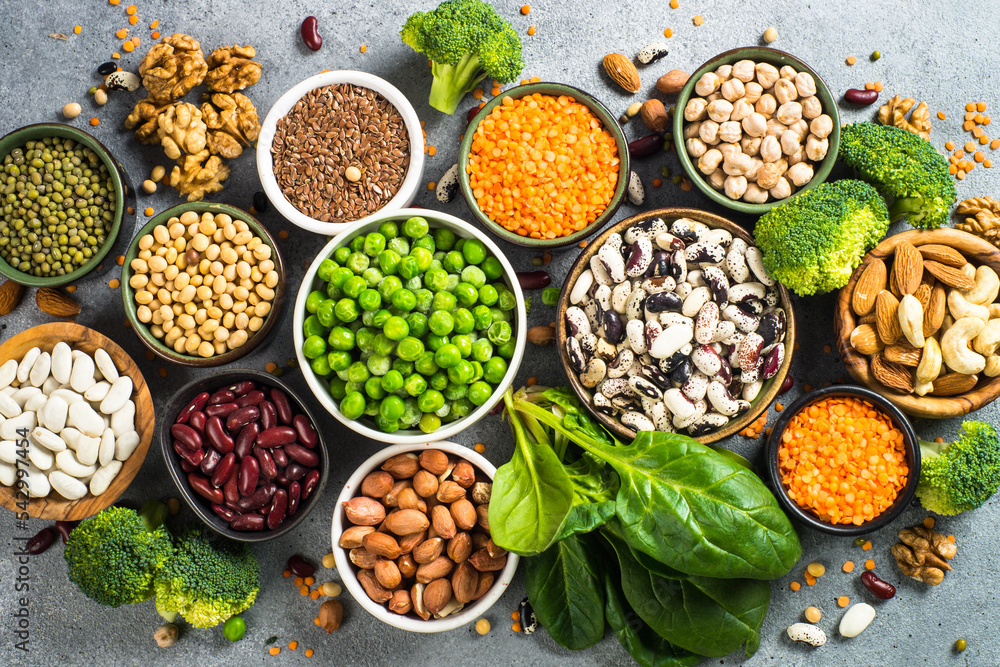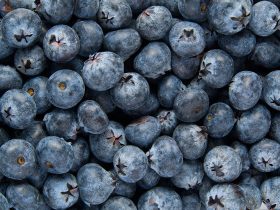In the ever-evolving landscape of nutrition, plant-based diets have gained significant traction. One of the cornerstones of such diets is plant-based protein. With a plethora of options available, it’s essential to understand the best and worst sources of plant-based protein, as well as their impact on our health and the environment.
The rise of plant-based diets
Understanding plant-based diets
Plant-based diets revolve around consuming foods primarily derived from plants, such as vegetables, fruits, grains, legumes, nuts, and seeds. Health, environmental sustainability, and animal welfare concerns have been the driving forces behind this shift.
The role of protein in plant-based diets
Protein is a vital nutrient for our bodies. It’s essential for building and repairing tissues, supporting immune function, and producing enzymes and hormones. However, not all sources of plant-based protein are created equal.
The best sources of plant-based protein
Legumes
Excellent sources of plant-based protein can be found in legumes, such as beans, lentils, and chickpeas. They are also rich in fiber, which aids in digestion and promotes a feeling of fullness.
Quinoa
Quinoa is a unique plant-based protein source as it contains all nine essential amino acids, making it a complete protein. This makes it an ideal option for those seeking to meet their protein needs without consuming animal products.
Nuts and seeds
Nuts and seeds such as almonds, chia seeds, and pumpkin seeds are not only high in protein but also provide healthy fats and essential nutrients.
The Challenges of Plant-Based Protein
Incomplete amino acid profiles
While plant-based protein sources offer numerous benefits, many lack one or more essential amino acids. This can be addressed by consuming a variety of protein sources to ensure a complete amino acid profile.
Anti-nutrients and digestibility
Some plant-based protein sources contain anti-nutrients like phytates and lectins that can hinder nutrient absorption and digestion. Soaking, sprouting, or cooking these foods can help mitigate their effects.
Striking the right balance
Combining protein sources
To enhance the quality of plant-based protein intake, combining different sources can compensate for amino acid deficiencies. For instance, pairing beans with rice forms a complete protein profile.
Monitoring nutrient intake
Plant-based eaters should pay attention to nutrients like vitamin B12, iron, calcium, and omega-3 fatty acids, which are commonly found in animal products. Supplements and fortified foods can fill these gaps.
Environmental considerations
Sustainable protein choices
Plant-based proteins generally have a lower environmental footprint compared to animal-derived proteins. By opting for these sources, individuals can contribute to reducing their carbon footprint.
Local and seasonal options
Choosing locally grown and seasonal plant-based protein sources further minimizes the environmental impact by reducing transportation emissions.
Embracing a plant-based diet offers numerous health and environmental benefits. The world of plant-based protein is diverse, ranging from legumes to grains and nuts. To make the most of these protein sources, combining them strategically and ensuring adequate nutrient intake is crucial. By making mindful choices, individuals can harness the power of plant-based proteins for their well-being.
















Find Us on Socials